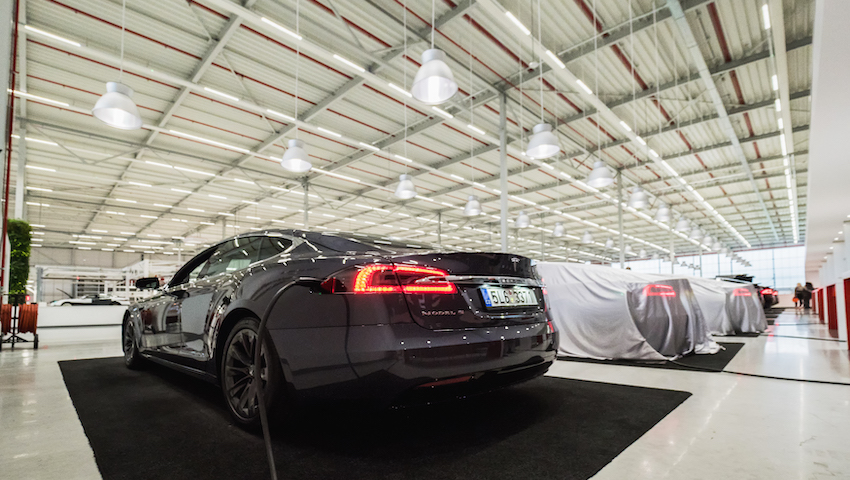Will Tesla be able to cope with its growing demand?
Following the news of Hertz’s order of 100,000 Tesla models by the end of 2022, will Tesla be able to cope with the demand? Philip Nothard of Cox Automotive discusses.
Earlier this week, vehicle rental company Hertz announced its plans for an electric revolution, and it has chosen EV kingpin Tesla to spearhead its transition to electric vehicles.
An initial order placed by Hertz will see 100,000 Tesla models introduced to its fleet by the end of next year, and it’s clear to see why the rental firm has opted for the American models.
According to automotive analysts Jato Dynamics, the Tesla Model 3 was the biggest selling car in September – the first time that an EV has led the market and the first time that a vehicle manufactured outside of Europe has occupied the top spot.
That popularity will naturally bring an increase in demand, hence the order placed by Hertz. Will Tesla be able to cope, however?
Research from Statistica reveals that Tesla has grown its brand even further this year, producing 499,000 vehicles in 2020, before going on to building 627,000 in the three-quarters of 2021.
And whilst another 100,000 models, on top of fulfilling the growing demand from consumers, may seem a tall order, Tesla boss Elon Musk will also have to find a way around the small matter of a global semiconductor shortage.
Despite increasing demand and semiconductor issues, Philip Nothard, insight & strategy director of automotive services company Cox Automotive believes Musk will be able to rise to the challenge.
He said: “Tesla is unlikely to suffer fulfilling an order of this volume. The brand has successfully weathered the storms of reliability concerns, the impact of Covid-19, and the semiconductor and raw materials shortages crisis, far better than other manufacturers, including those still mainly involved in internal combustion engine (ICE) vehicle production. This is down to the fact that Tesla’s CEO, Elon Musk is heavily involved with consumerism rather than solely automotive manufacturing.
“This would have enabled him to see what was on the horizon and means he hasn’t needed to rely on Tier 1 and Tier 2 suppliers for semiconductors, unlike manufacturers of ICE vehicles. He has built his own automotive supply chain ahead of time, while several traditional OEMs are now clamoring to keep up in the EV race.”
The announcement of Hertz’s deal with Tesla is another indicator of the rate of growth for the electric vehicle industry, and for Tesla in particular.
That growth shows no sign of slowing either. The latest figures from the Society of Motor Manufacturers and Traders (SMMT) revealed production of the latest battery electric, plug-in hybrid and hybrid cars have continued to grow, now representing almost a third (32.3%) of all cars made, equivalent to 21,679 units. It means UK car factories have turned out 158,710 alternatively fuelled cars since January.
“This data signifies the acceleration of the electric vehicle marketplace,” Nothard added, before explaining how Tesla’s partnership with Hertz also signifies a growing appetite for EVs among fleets.
He added: “While the large order might seem unique now, it won’t be long until car rental companies repeat and exceed this figure when it comes to increasing the number of EVs on their fleets. Hertz operates 8,500 locations in 146 countries globally, meaning that 100,000 vehicles spread out between those markets isn’t a comparatively high number, and any impact to the used car market for EVs will be low. However, the entire fleet market is changing, and fleet operators, which were made up of 10-20% EVs, will have to increase their fuel/share mix towards EVs.”
Whilst there are issues facing the EV industry, it seems as though everything is in place for Tesla to continue its impressive growth and to lead the charge in the overall growth for the electric vehicle sector.



